Petra Cortright, Celebrity addresses/fiji firing tour squad, 2017. Digital painting on anodized aluminum, 185.4 x 365.8 cm
From Net.art to NFTs: A short history of Art and the Internet
As art and technology become increasingly intertwined, we take a look at just how far we’ve come.
Internet culture has had an undeniable influence on art, expanding the scope in which creative works are produced, disseminated, and consumed.
With networked media being more present than ever before, we want to take the time to reflect on the history of art and the internet to see just how far we’ve come. From early Net.Art to art that is distributed via the blockchain and experienced within virtual worlds, here’s a brief history of art on and about the Internet from the 1990s to the present day.
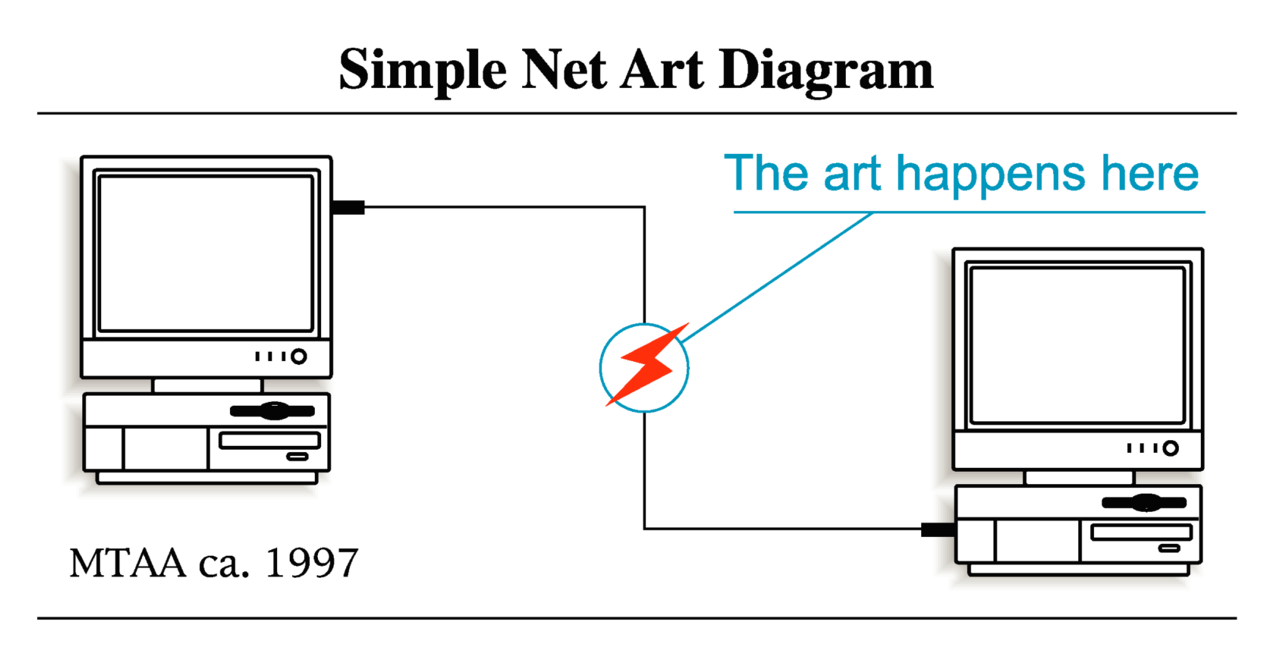
Net.Art
Net.Art was one of the earliest forms of art produced on the Internet. It can be traced back to the birth of networked communication technologies, which became ubiquitous after the World Wide Web was released to the general public in 1991.
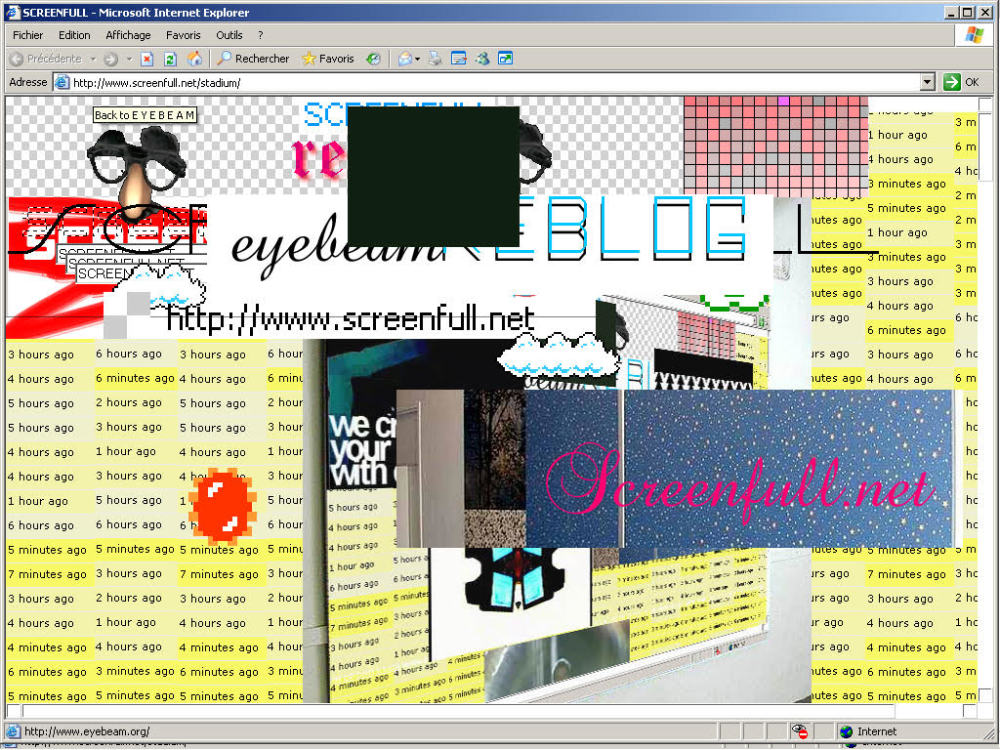
The term describes a specific mid-90s to 2000s art movement that uses the web - or specifically, the networked affordances of the web - to create, distribute and experience art online. This can be anything from a webpage or an e-mail containing an artwork to temporary interventions into online public spaces, also known as tactical media or ‘hacktivism.’
Net artists often capitalized upon the creative advantages of the early web to create medium-specific works. One tool that was frequently used by Net artists was hyperlinks. Hyperlinks permit users to travel easily from one web page to the next, forming the bedrock of the networked structure of the internet we know today.
Hyperlinks were frequently used by net artists as a narration or storytelling tool. One example is ‘My Boyfriend Came Back From the War’ (1996) by Russian net.artist Olia Lianlina. The browser-based work is today considered a Net.Art classic due to its creative use of interactive hypertext to create an engaging narrative that unfolds by clicking on a succession of connective texts and images within the frame.
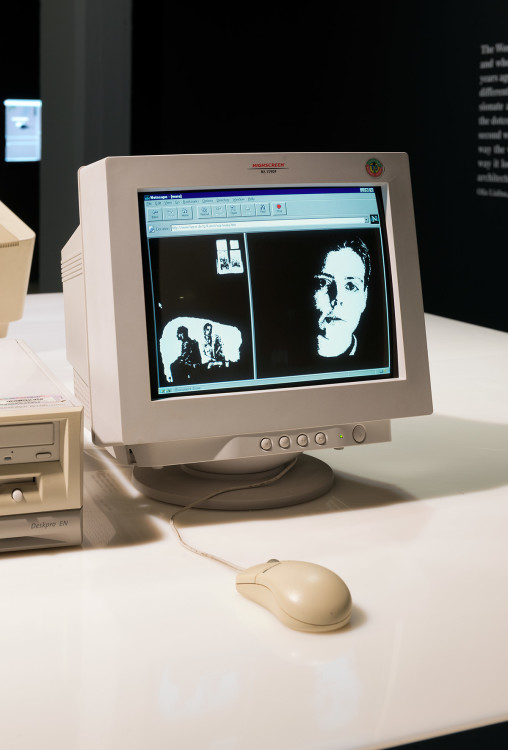
Nasty Nets was a collaborative blog project and ‘Internet surfing club’ that shared media artifacts found whilst exploring the Internet. Founded in 2006 by John Michael Boling, Joel Holmberg, Guthrie Lonergan, and Marisa Olson, the collective was the first to popularize the term "web surfing", which describes the action of moving from one web page to the next in order to browse different topics.
Primarily interested in the culture and aesthetics of the early Internet, participants would remix, juxtapose and curate various decontextualized Internet artifacts together to make disjointed compositions.
Nasty Nets was a notable experiment into Internet collaboration as artistic practice and constituted an important record of materials gathered at the moment of the web’s transition to centralized platforms, otherwise known as Web 2.0.
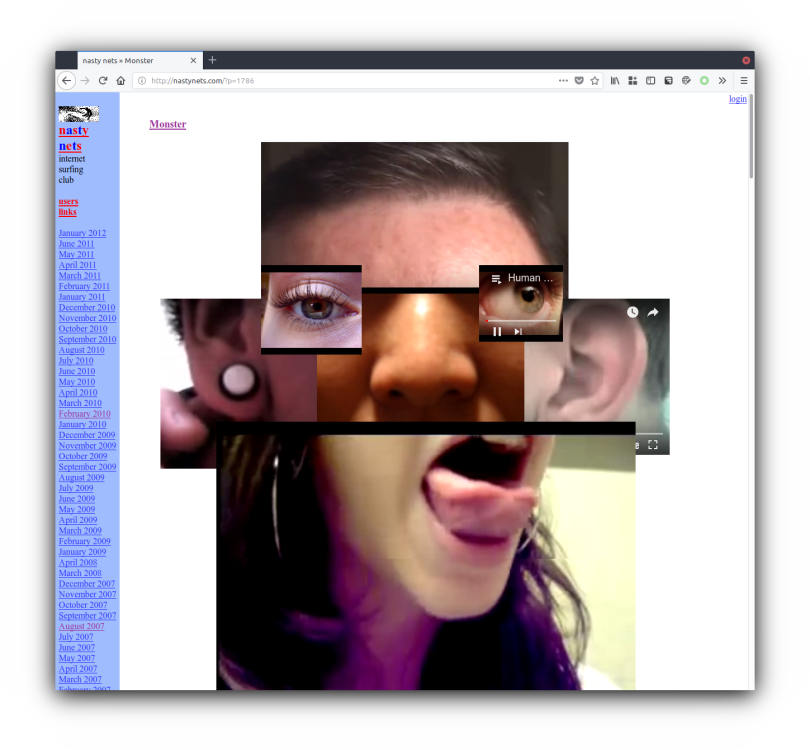
Post Internet Art
Contrary to the name, ‘Post-Internet’ doesn’t imply that the Internet is ‘over’, but rather, it is a branch of artistic practice and criticism concerned with the Internet and its growing omnipresence in society and culture.
Post-Internet gained traction in the mid-2000s and is generally considered a natural evolution of Net.Art practices and the state of the web, in parallel to the rise of mobile phone devices, social media, and user-generated content. However, while Net.Art of the 1990s used the Internet as a medium, Post Internet practices use both online and offline formats to engage critically with themes surrounding digital culture.
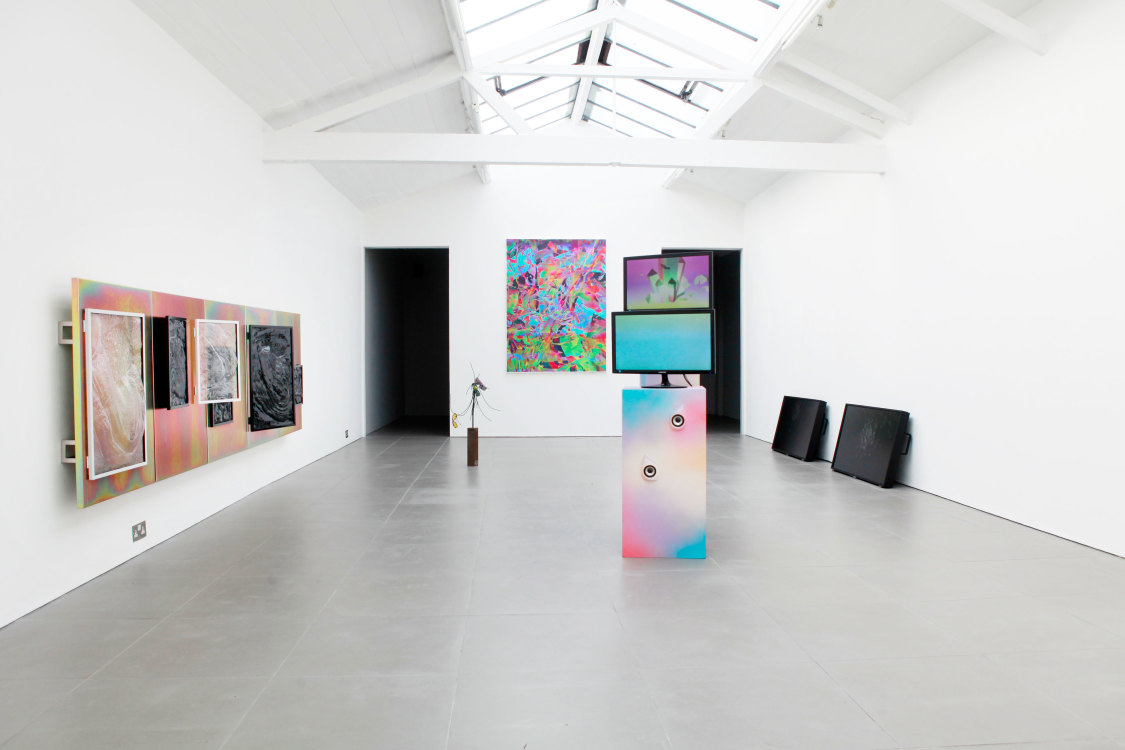
Many web 2.0 net artists previously involved in ‘surfing club’ cohorts like NastyNets were amongst the first to entertain the idea of a ‘Post Internet’ art that included both online and offline formats to showcase their works. This shows that what began with an interest in user-generated content evolved into a broader ambition to bring the web into the everyday, coinciding with a specific moment whereby the Internet was becoming more mobile than ever with the advent of mobile phones.
Petra Cortright was part of the first generation of artists to grow up with computers. She emerged on the art scene during the Post Internet sensationalism of the 2000s but has been exploring ideas surrounding the network from as early as fifteen years of age, notably through her early experiments with Youtube as an artistic and performative medium.
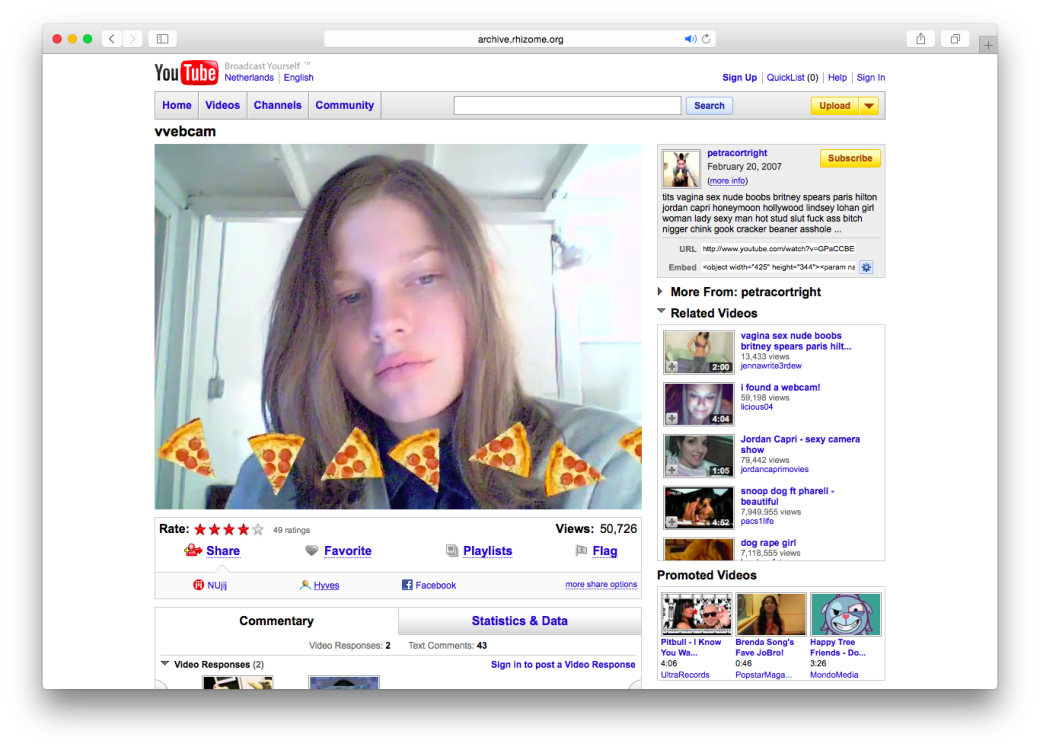
Today, Petra is known for creating and manipulating digital files to create digital mash-ups that incorporate materials of contemporary digital culture -- including gifs, web pages, and videos.
She creates her digital paintings by harvesting images from the internet, manipulating them in photoshop and adding multiple layers of digital brushstrokes until she reaches her desired result. Because these works also function in more conventional viewing contexts, like galleries and exhibition spaces, they are considered Post-Internet.
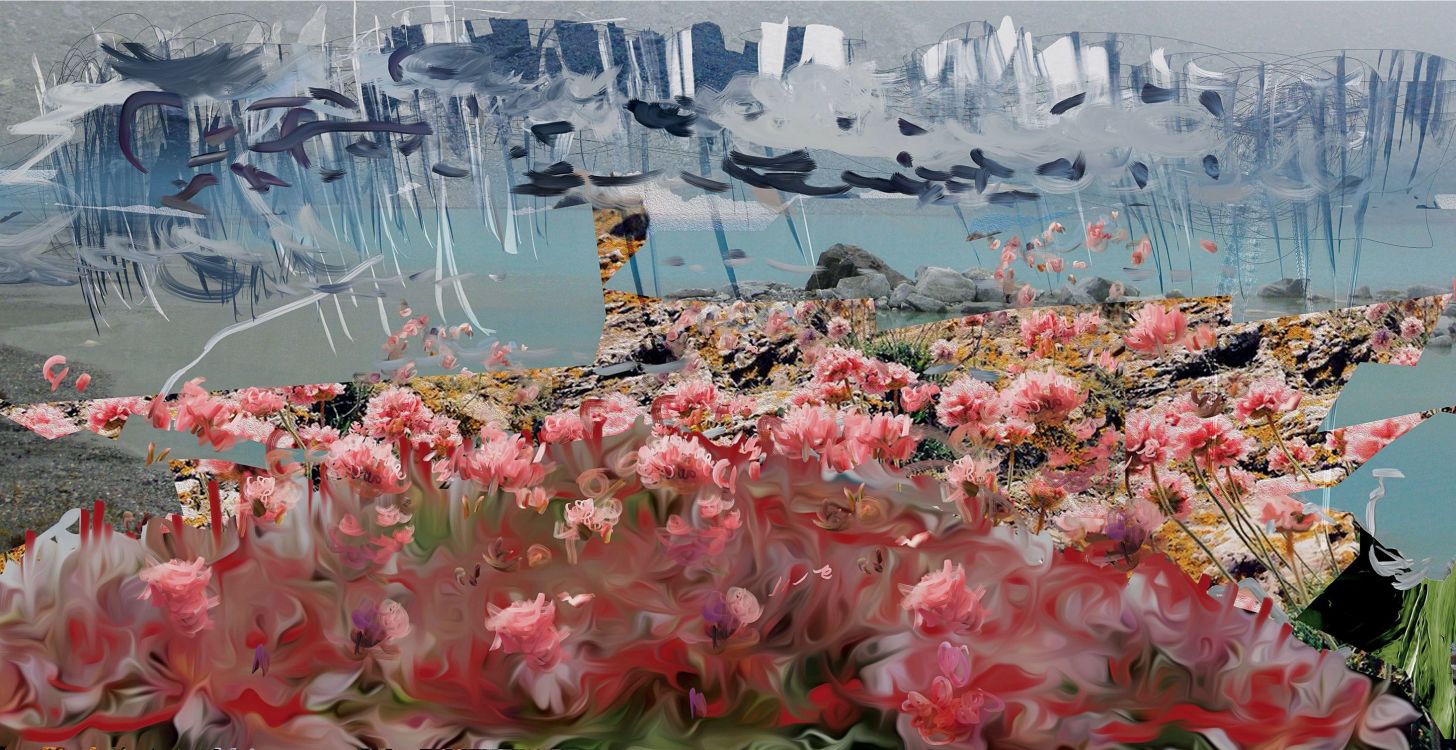
New Aesthetics
Emerging in 2012, New Aesthetics refers to the merging of the digital and physical in response to the ubiquity of modern networking and the impact of emerging technologies upon our lived experiences.
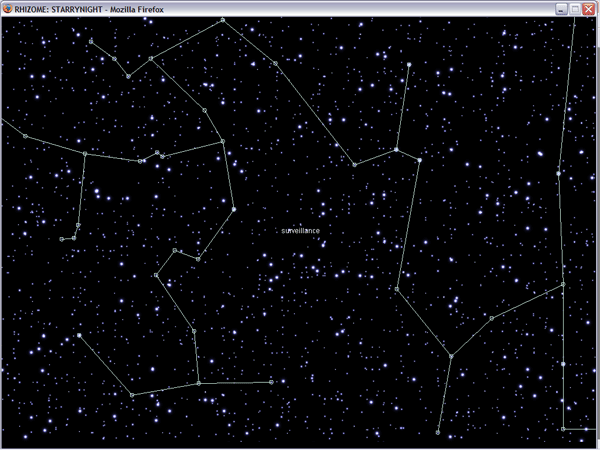
Typically, artists of the New Aesthetics movement have explored themes related to surveillance systems, 8bit nostalgia and the rhizomatic structure of digital networks. Its main visual emblems include glitches, pixelated images, gradients, and gifs, though many artists also tend to appropriate imagery from data visualizations, satellite views as well as digital and physical maps.
One example of a New Aesthetics artwork is Athens Adrift (2016) by James Bridle; a live installation artwork that visualizes ‘the Internet powered by the wind’, says the artist. The work comprises a map floor projection tracing the journey of an imaginary ship across the digital ocean.
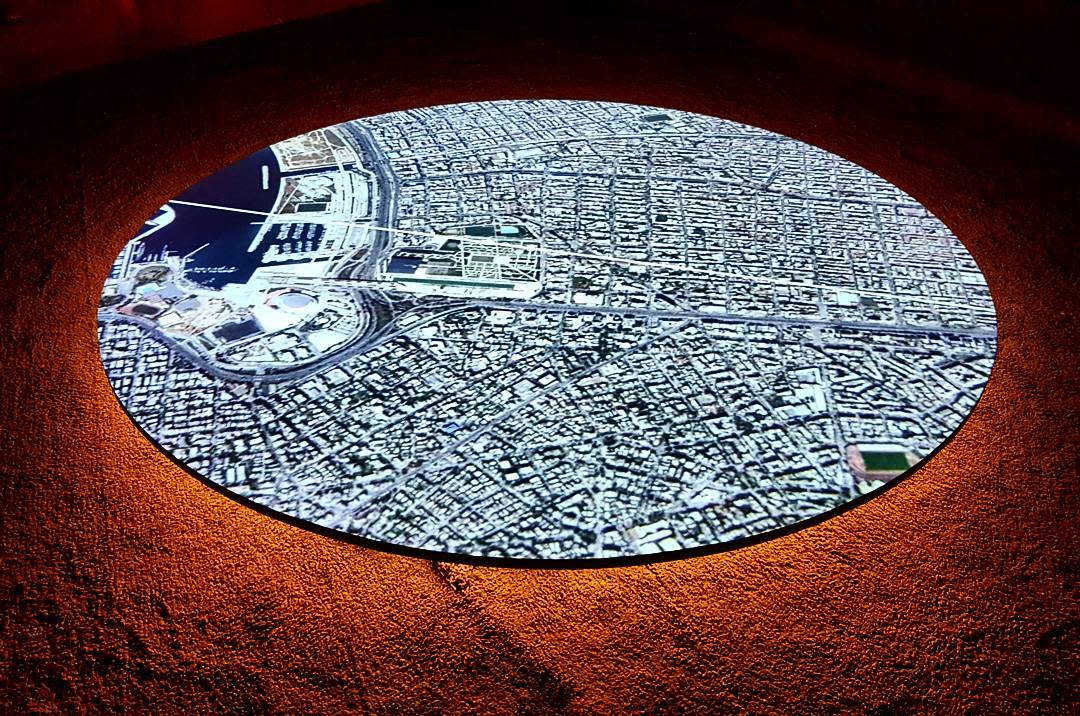
Along its voyage, the boat searches geo-tagged tweets and internet adverts to ‘learn’ about its surroundings whilst simultaneously communicating through Twitter using the information that is being processed. The idea for the work derived from James’ interest in internet bots and how they are becoming increasingly ‘human’ and sophisticated thanks to developments in artificial intelligence and natural language processing.
Crypto Art and NFTs
Crypto Art is an artistic genre of movement that emerged with the development of blockchain networks such as Bitcoin and Ethereum in the mid-2010s. It gained rapid popularity due to blockchain's ability to ascribe ownership to digital works in the form of non-fungible tokens, or NFTs, permitting works to be bought, sold and traded on online marketplaces in a decentralized manner.

While there is no clear-cut definition for Crypto Art, it is generally agreed that the term refers to art that is either distributed via blockchain, or art that engages theoretically with the culture, politics, economics, or philosophy surrounding blockchain and cryptocurrencies. For example, Lucho Poletti describes himself as a bitcoin and crypto artist and has been promoting the adoption of cryptocurrencies through his art since 2017.
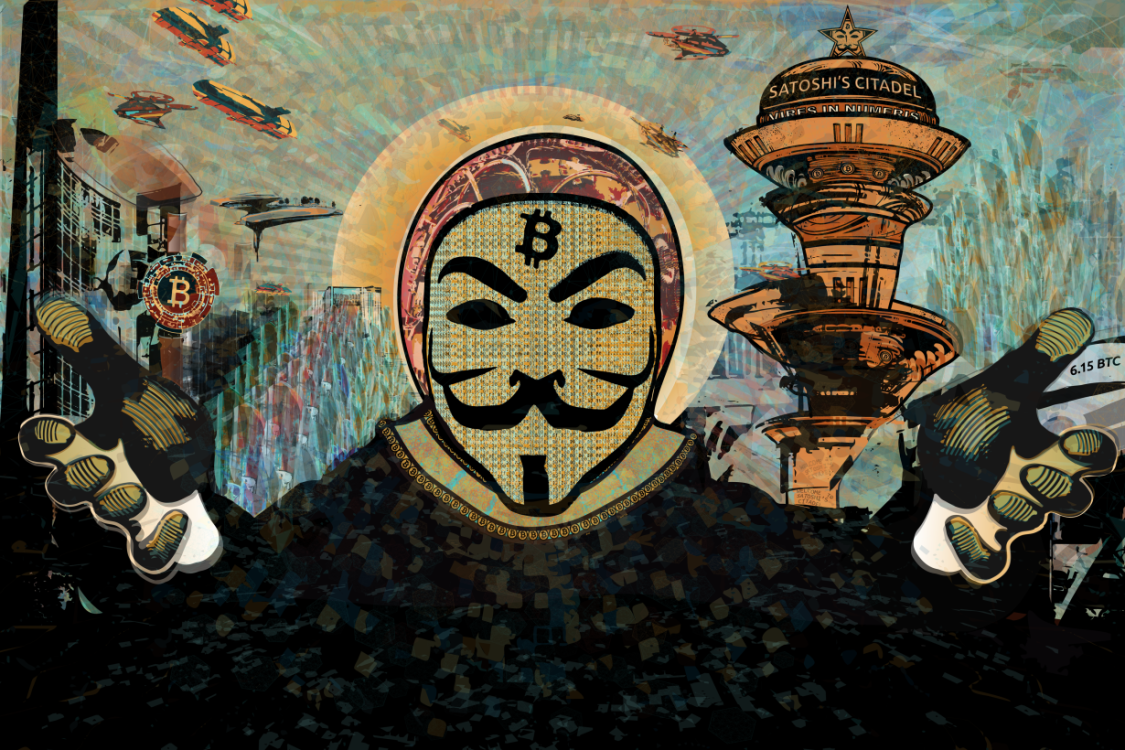
However, the space attracts artists and creators working across various themes and digital formats, including generative art, glitch art, video collage, digital illustration, AI art and works which make use of virtual reality, or VR.
Crypto art and crypto communities are driven largely by an ethos of decentralization. This can be pinned down to the democratic possibilities that blockchain provides creators, such as the ability to monetize their creations outside the purview of the traditional art market.
The Crypto art movement and NFTs have not only been a tremendous site of creativity but also community, attracting an emerging swath of crypto artists, NFT artists and enthusiasts who frequently congregate in Discord forums and shared, virtual meeting spaces known as ‘the metaverse.’
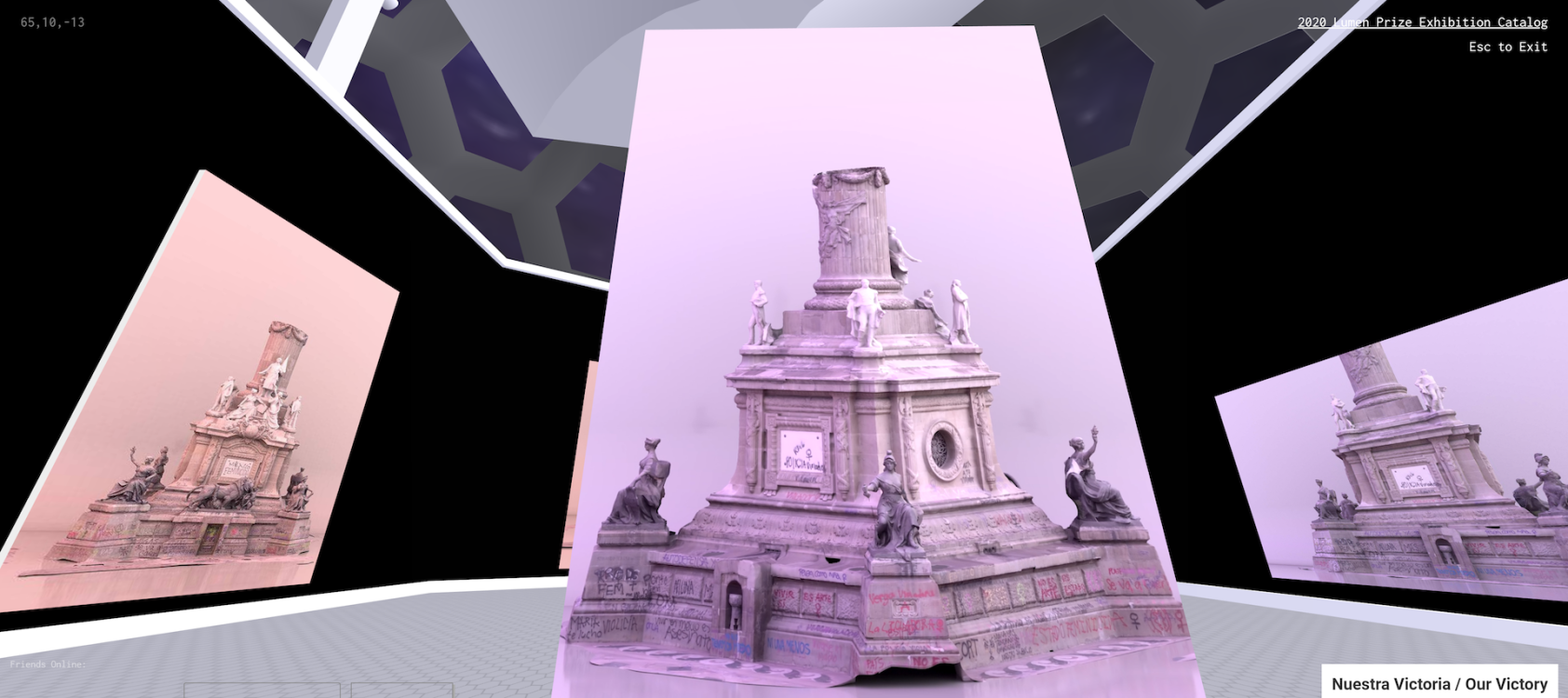
Within the metaverse, blockchain-based virtual worlds like Decentraland and Cryptovoxels are experimenting with new forms of displaying and engaging with digital creations through the creation of virtual gallery spaces where artists and enthusiasts can engage with digital works within an online context.
Artists explore what it means to exist in the metaverse. For example, through techniques of 3D scanning and creating a virtual avatar, SYD’s work engages with ideas surrounding digital identity.
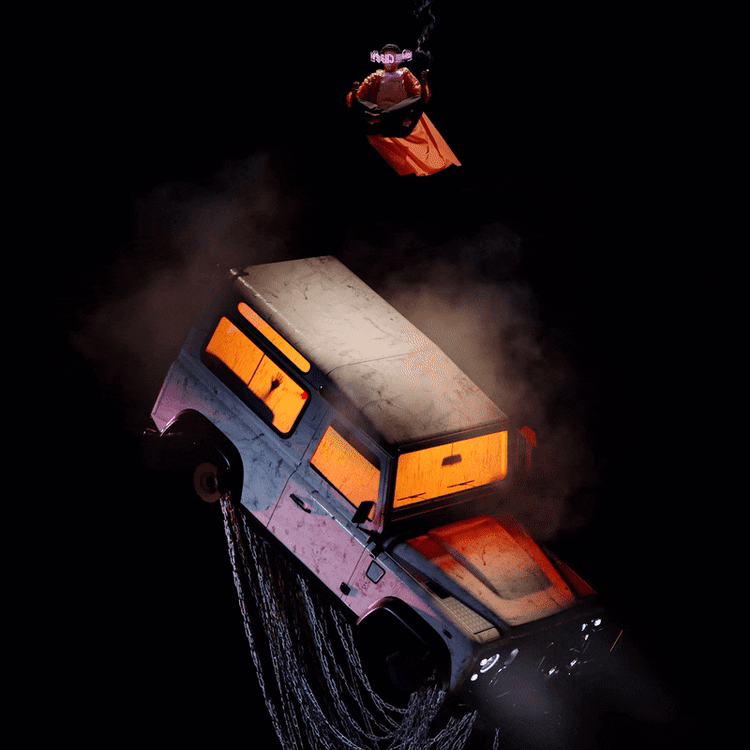
Crypto artists and NFT artists also manipulate technology to create new artistic experiences. For example, dynamic NFT works are designed to change based on external conditions such as location, temperature, season or time of year, or lunar position.
Other artists explore gamification. The artist Pak’s ‘Merge’ drop in December 2021 sold 250,000 “mass units” for a total of $91.8 million and gives collectors the opportunity to merge their units to form new NFTs. The price of the individual NFTs increased every six hours and other gamified elements included bulk discounts. For secondary sales, the buyer’s NFT increases in ‘mass’ whereas the seller’s NFT is destroyed, making the work scarcer as sales increase.
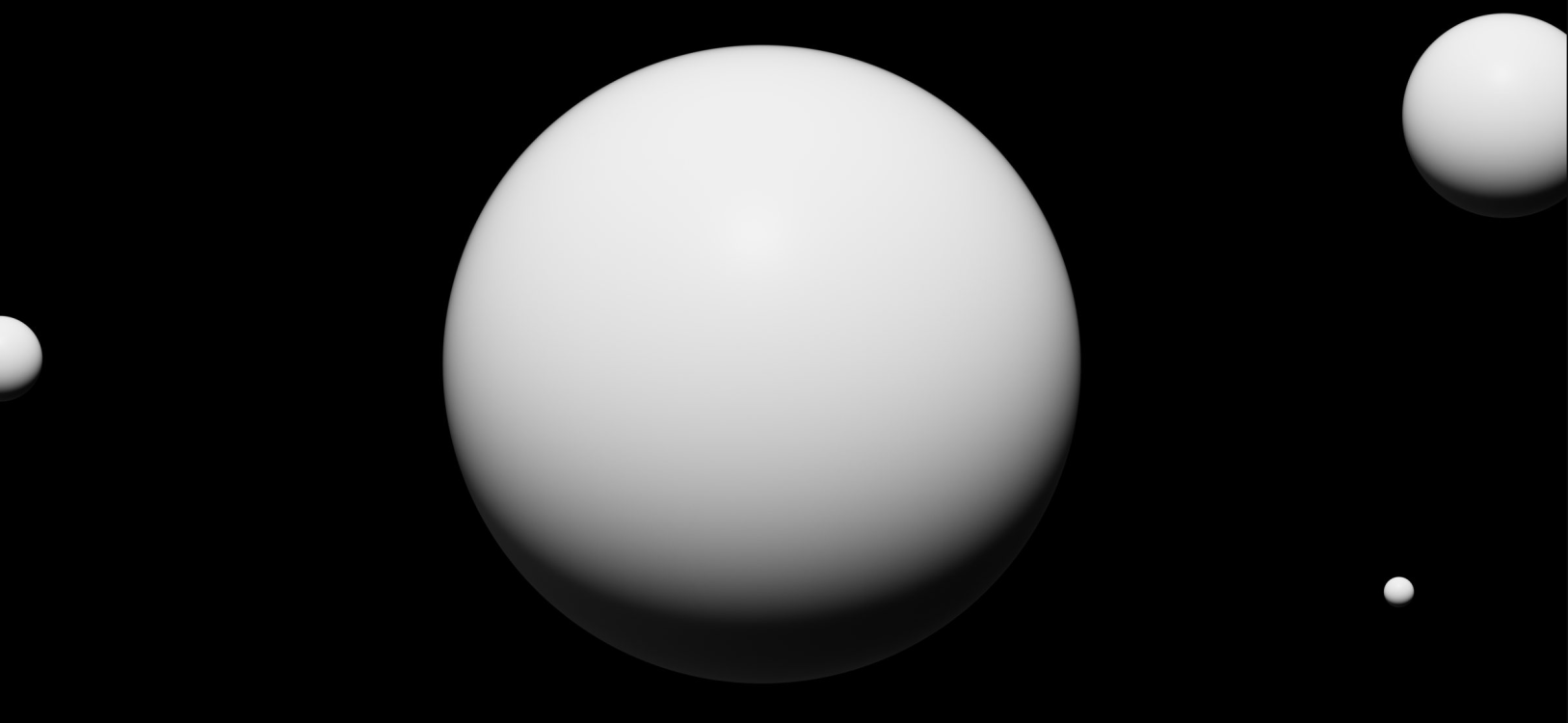
From the 1990s to the present day, artists have been exploring the possibilities of networked media since the internet first came about. The internet has opened up the doors for new forms of creativity and community building and is constantly shifting the way in which art is viewed, shared, and consumed. We’re excited to see what the next chapter brings.
References: